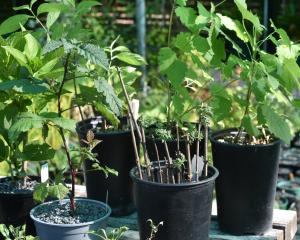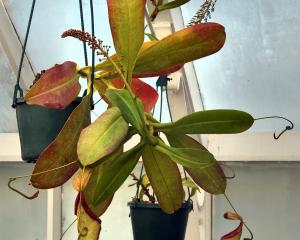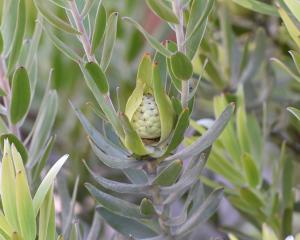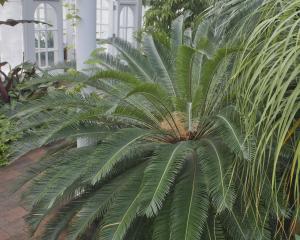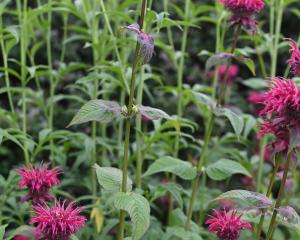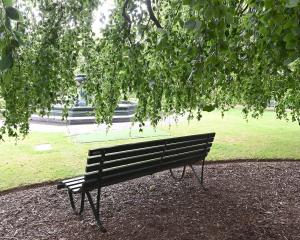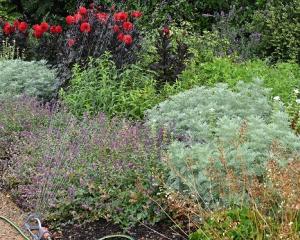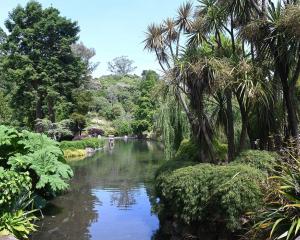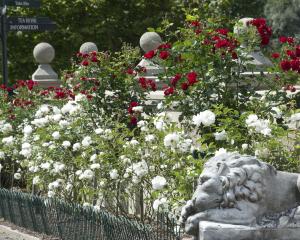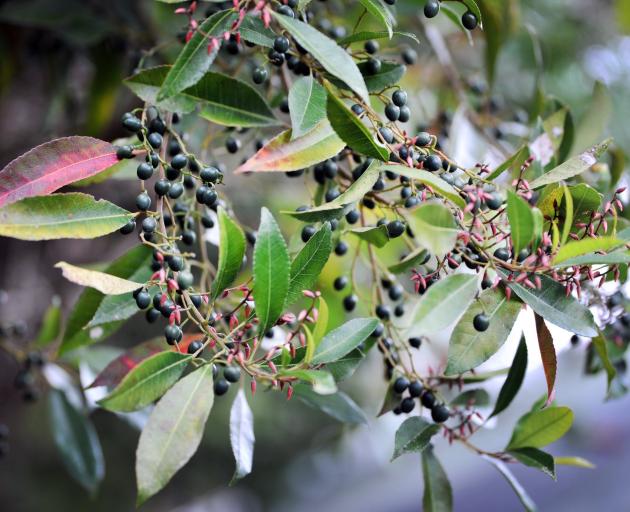
Commonly known as the blueberry ash or blue olive berry, its showy flowers and long lasting brilliant blue fruit make it an attractive addition to the garden.
A small to medium tree, Elaeocarpus reticulatus can grow to 15m with a spread of 3m-5m. Bell-shaped flowers appear profusely in late spring and summer. Borne in racemes up to 10cm long, the fringed flowers are normally white but can range in shades of pink. After flowering, the dark shiny blue fruit appear, persisting for up to 12 months.
E. reticulatus naturally occurs in Queensland, New South Wales, Victoria and Tasmania. In these regions, it grows in quite diverse habitats, including dry rainforest and coastal scrubs.
It is well suited to the garden environment, tolerant of many different soil types, sun to full shade and coastal exposure. As a young plant it needs protection from hard frosts, but becomes hardier with age.
About 30 to 40 species of E. reticulatus grow in Australia and in New Zealand there are two endemic species. Propagation is normally from cuttings, as seeds of E. reticulatus can be very difficult to germinate.
A white and pink form of E. reticulatus is growing in the Australian borders of Dunedin Botanic Garden’s Geographic Plant Collection.
- Garden Life is produced by Dunedin Botanic Garden. For further information contact Dylan Norfield.




